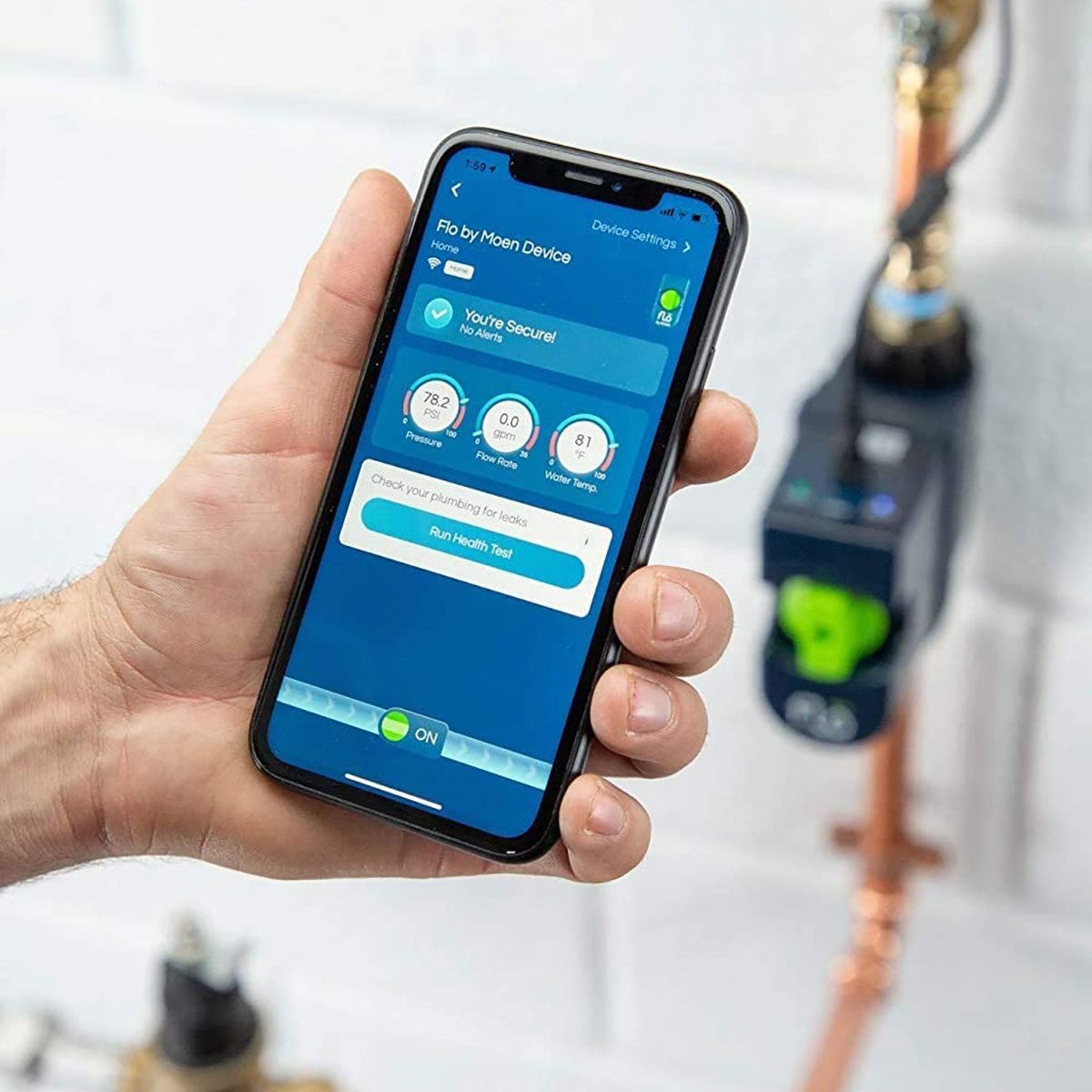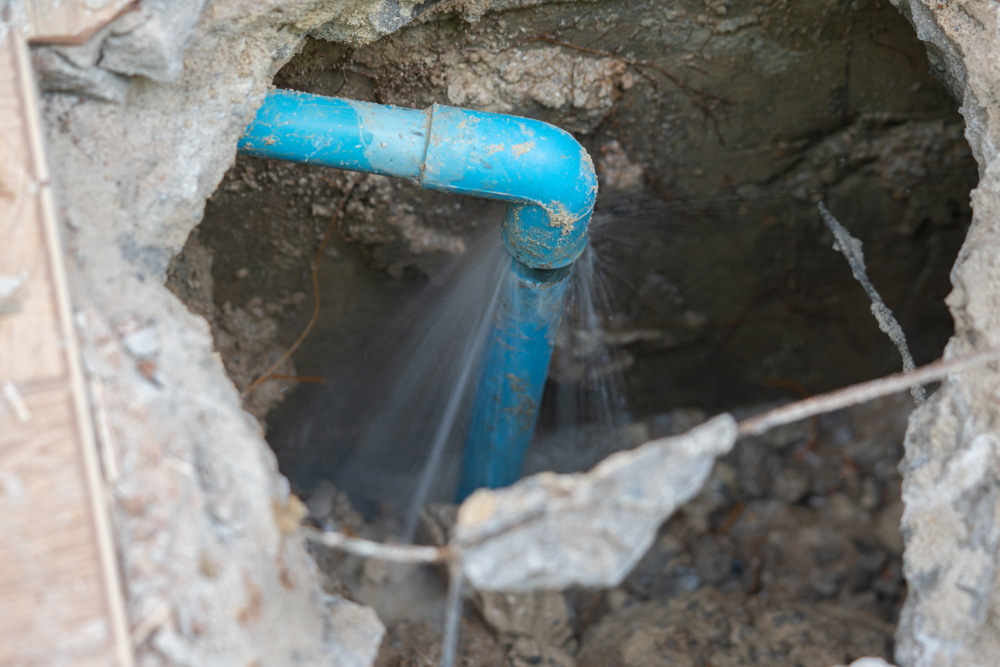Just how to Check If Your Home Has a Surprise Leakage
Just how to Check If Your Home Has a Surprise Leakage
Blog Article
Listed here down the page you can locate a bunch of exceptional advice all about Detecting hidden plumbing leaks.

Early discovery of leaking water lines can mitigate a potential calamity. Some little water leakages may not be noticeable.
1. Take A Look At the Water Meter
Every house has a water meter. Inspecting it is a guaranteed manner in which aids you discover leaks. For beginners, switch off all the water resources. Ensure no person will flush, utilize the faucet, shower, run the washing equipment or dish washer. From there, most likely to the meter and also watch if it will transform. Since nobody is utilizing it, there must be no motions. That shows a fast-moving leak if it relocates. If you discover no changes, wait a hr or 2 and inspect back once again. This implies you might have a slow-moving leakage that could also be underground.
2. Examine Water Usage
Analyze your water bills and also track your water intake. As the one paying it, you ought to notice if there are any type of discrepancies. If you find sudden changes, despite your consumption coinciding, it implies that you have leakages in your plumbing system. Remember, your water bill must drop under the very same variety every month. An unexpected spike in your expense shows a fast-moving leakage.
A consistent rise every month, also with the very same practices, shows you have a sluggish leakage that's also slowly rising. Call a plumber to thoroughly check your property, particularly if you really feel a warm area on your floor with piping underneath.
3. Do a Food Coloring Examination
When it concerns water intake, 30% originates from commodes. Examination to see if they are running correctly. Decline flecks of food shade in the tank and wait 10 mins. There's a leakage between the storage tank and bowl if the shade in some way infiltrates your bowl throughout that time without flushing.
4. Asses Exterior Lines
Don't forget to examine your outdoor water lines also. Needs to water leak out of the link, you have a loosened rubber gasket. One small leak can waste loads of water and also surge your water costs.
5. Examine and Examine the Circumstance
Home owners should make it a routine to check under the sink counters as well as also inside cupboards for any kind of bad odor or mold growth. These two red flags show a leakage so prompt interest is required. Doing routine inspections, also bi-annually, can conserve you from a significant trouble.
A lot more importantly, if you recognize your house is already old, maintain a watchful eye on your heating units, tubes, pipelines etc. Check for stainings and weakening as many home appliances and pipes have a life expectancy. They will certainly likewise normally wear away due to tear and put on. If you believe leaking water lines in your plumbing system, don't wait on it to intensify. Call an expert plumber today so you do not end up with a horrible mess in your home.
Early discovery of leaking water lines can mitigate a potential disaster. Some tiny water leaks might not be noticeable. Checking it is a proven method that aids you uncover leaks. One tiny leak can lose bunches of water and surge your water bill.
If you suspect dripping water lines in your plumbing system, do not wait for it to rise.
How to Know If Your Home Has a Hidden Leak
Water Meter Reveals Inexplicable Water Usage
If you’d like to test whether or not there’s a leak somewhere in your home, you can do this using your water meter. Here is how to conduct the test:
Don’t use any water in your home for at least 30 minutes; this also means not turning on faucets or water-using appliances.
Go outside, and check your water meter for activity.
If your water meter shows that there was activity, even though no one was using any water, this proves that there is a leak in your home.Visible Mold or Mildew Growth
Leaks behind walls create moist, dark environments that allow mold and mildew to grow and thrive. Eventually, you might see mold growth forming on the wall closest to a hidden leak.
If mold is growing in an area that receives a high amount of moisture, such as a bathroom, it may simply be an indication that better ventilation is needed. However, if you see mold growth on a wall or the ceiling in an area where you would not expect, you probably have a hidden leak.
Musty, Mildew Odor
Sometimes you might not be able to see the mold or mildew that is growing as a result of a leak. However, the smell can give the problem away just as easily. If you catch a whiff of something musty, there’s a good chance that old water is collecting somewhere in your home that you can’t see.
Stained/Warped Walls, Ceilings, or Floors
When your home soaks up water, a variety of red flags can become visible, including ceiling stains, bubbling drywall, warped walls, and sagging floors. While these issues can be caused by excess humidity, they can also be signs that a pipe or plumbing connection has started leaking behind your walls.
Inexplicably High Water Bill
After a while, you get a general sense for what your water bill should be. If you own a pool or sprinkler system, your bill will tend to be higher during summer. However, if you receive a water bill that seems especially high, and you can’t figure out what caused it, then you may have a hidden leak somewhere that’s increasing your bill.
https://www.plumbingjoint.com/blog/2019/july/how-to-know-if-your-home-has-a-hidden-leak/

Hopefully you liked our article about Locating water leaks. Thanks a lot for finding the time to read our posting. Sharing is good. Helping people is fun. I am grateful for your time. Visit again soon.
Report this page